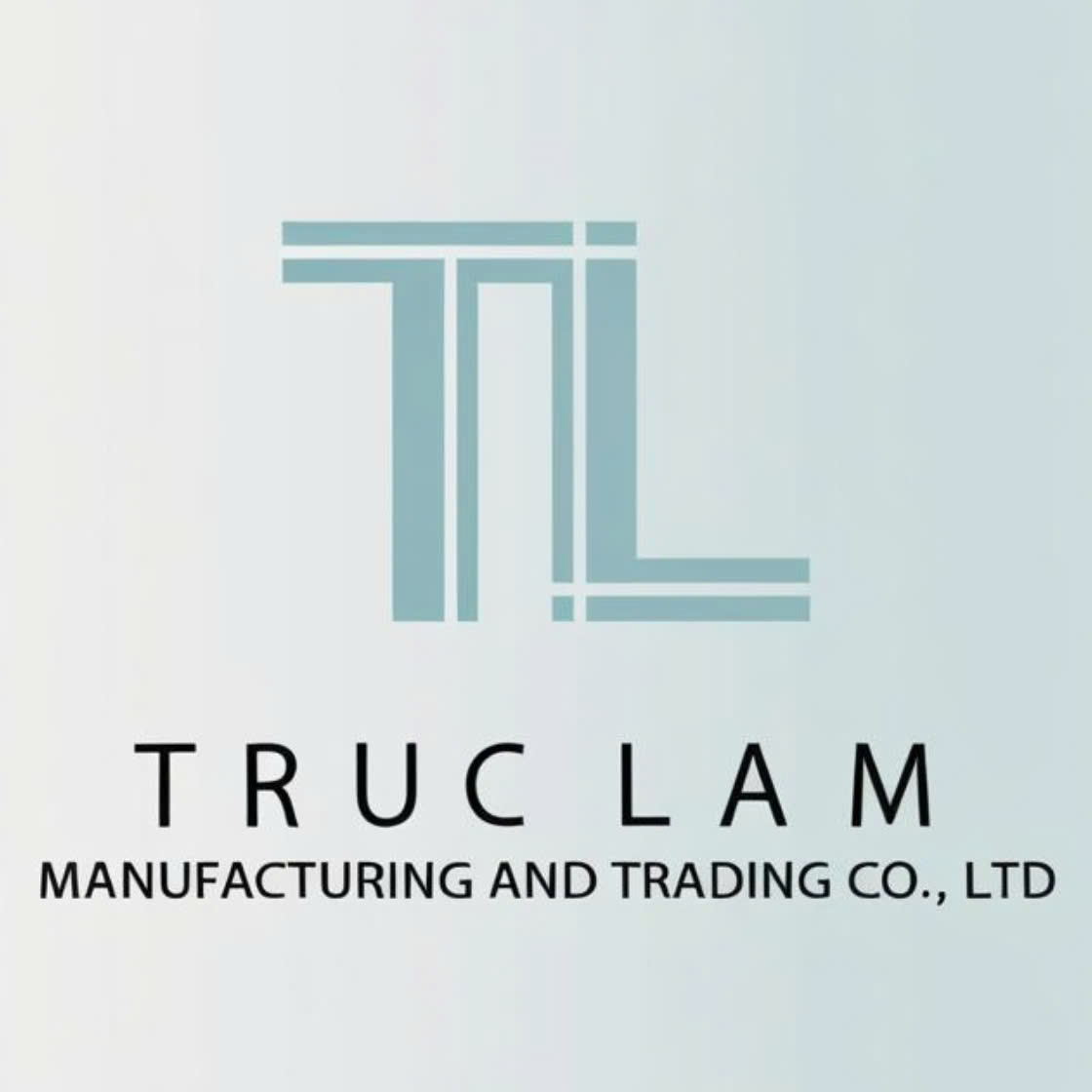Supply chain optimization is a continuous process aimed at enhancing efficiency, reducing costs, and improving overall operations for manufacturing and distribution companies.
Over the past few years, companies have encountered significant challenges, such as labor shortages, raw material scarcities, factory shutdowns, and logistical disruptions. These obstacles can hinder operations, impact profitability, and affect customer satisfaction.
Because of this, supply chain optimization should never be a one-time initiative. Instead, it requires frequent reassessment to identify inefficiencies and uncover cost-saving opportunities.
In this article, we explore the key advantages of supply chain optimization and share strategies to help you enhance your operations.
The Advantages of Supply Chain Optimization
Supply chain optimization often becomes a priority following major events such as financial downturns, mergers, acquisitions, rising transportation costs, or global disruptions.
With advancements in technology, companies now rely more on digital tools and strategic organizational changes to maintain profitability while enjoying the following benefits:
- Enhanced Inventory Management: Efficient inventory management is crucial in minimizing costs. By leveraging modern inventory systems, companies can better track high- and low-demand products, streamline production, and optimize storage locations to reduce transportation expenses.
- Reduced Lead Times: Faster turnaround times contribute to improved quality control, testing, and efficiency. Companies that reduce lead times benefit from lower shipping costs, increased profitability, and enhanced customer satisfaction.
- Improved Customer Satisfaction and Retention: To stay competitive, manufacturers must consistently demonstrate their value. Optimizing supply chain processes ensures higher-quality products, faster service, and a better overall customer experience, leading to stronger brand loyalty.
- Greater Operational Efficiency: A well-optimized supply chain functions like a well-oiled machine. When one area is improved, the entire system benefits. However, a weak link can disrupt the entire operation. Implementing risk management strategies can help diversify sourcing, secure materials, and improve operational resilience.
- Increased Revenue and Profitability: Supply chain optimization helps eliminate inefficiencies, such as waste from defective raw materials or unnecessary production. Companies can also cut labor and fuel costs by streamlining transportation and logistics.
Five Key Strategies for Supply Chain Optimization
Given the ever-changing nature of the global market, companies must adopt strategic measures to improve their supply chain. Consider these five key strategies:
- Diversify Your Supply Chain: Diversification is a key strategy to lower operational costs and mitigate risks. Many multinational companies have adopted a “China plus one” approach, shifting parts of their operations to alternative locations. Vietnam has emerged as a strategic choice due to its proximity to China and its commitment to infrastructure expansion. By 2030, Vietnam plans to develop 5,000 kilometers of expressways, new deep-water ports, and high-speed rail networks, along with the completion of Long Thanh International Airport by 2040.
- Focus on Core Competencies and Outsource Other Processes: Many manufacturers attempt to handle too many processes in-house, leading to inefficiencies. Instead, companies should concentrate on their core strengths while outsourcing specialized manufacturing processes to reliable partners, reducing overhead costs and improving quality.
- Leverage Advanced Forecasting and Inventory Management: Data-driven forecasting tools help companies anticipate demand fluctuations, optimize stock levels, and enhance profitability. Implementing advanced inventory management systems minimizes waste, improves fulfillment rates, and strengthens supply chain resilience.
- Adopt Mobile Technology and Centralized Management Systems: Mobile technology and computerized maintenance management systems (CMMS) improve efficiency by providing real-time insights into raw materials, sourcing origins, and sustainability practices. These insights help businesses streamline processes and enhance brand reputation.
- Build a Responsive, Multi-Channel Supply Chain: A multi-channel approach enables businesses to quickly adapt to shifting market conditions. By analyzing real-time data from sales points and social media, companies can identify emerging trends, adjust forecasts, and optimize inventory strategies to meet evolving customer demands.
Optimizing Your Supply Chain with a Reliable OEM Partner
To navigate the complexities of modern supply chains, you need a manufacturing partner that delivers high-quality components, ensures on-time delivery, and proactively manages supply chain disruptions.
At Truclam, we go beyond manufacturing to provide comprehensive risk mitigation and supply chain optimization solutions. Our strong supplier relationships, market trend analysis, and commitment to operational excellence make us the ideal partner for your business.
Reassess your supply chain strategy today. Contact Truclam to learn how we can help you optimize your operations and achieve sustainable growth.
